Tag: study

Higher Level of Mobilization Improves Health Status
In critically ill survivors, achieving higher levels of mobilization, but not increasing the number of active mobilization sessions, improved health status 6 months after ICU admission. The dosage of mobilization in ICU... read more

COVID-19 ARDS has higher EVLWi and PVPI values than non-COVID-19 ARDS
Compared to acute respiratory distress syndrome (ARDS) patients without COVID-19, patients with COVID-19 had similar lung mechanics, but higher extravascular lung water index (EVLWi) and pulmonary vascular permeability index... read more

Quantitative Characterization of LV Function During Pulseless Electrical Activity Using Echocardiography
Left ventricular function measured by LVFS is positively correlated with higher probability of rates of return of spontaneous circulation (ROSC) and may be associated with higher chances of survival in patients with PEA arrest. We... read more

Neurological Complications Acquired During Pediatric Critical Illness
Graphical models that include biomarkers in addition to clinical data are promising methods to evaluate direct relationships in the development of neurologic complications in critically ill children. Future work is required... read more
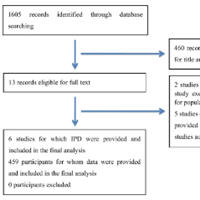
NIV After Early Extubation Reduces Total Days Spent on i-MV
Patients recovering from an episode of hypoxemic acute respiratory failure (hARF) may benefit from a weaning strategy based on early extubation followed by immediate noninvasive ventilation (NIV) application. Compared... read more

Impact of Marijuana on Venous Thromboembolic Events
Tetrahydrocannabinoids (THC) exposure increases the risk of TEC in patients with trauma. Early identification and treatment for TEC is required to improve outcomes in this high-risk subset of trauma patients. We performed... read more
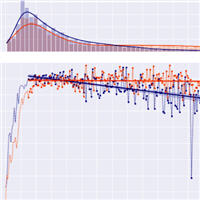
COVID-19 Antibody Seropositivity Longevity Analysis
Seropositivity of IgG antibodies to both SARS-CoV-2 S and N-proteins followed a linear trend reaching approximately 90% positivity at 21 days post-index. The rate of N-protein seropositivity declined at a sharper rate,... read more
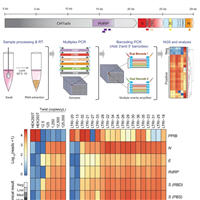
COVID-19 Infection Induces Long-lived Bone Marrow Plasma Cells
Population scale sweeps of viral pathogens, such as SARS-CoV-2, require high intensity testing for effective management. Here, we describe "Systematic Parallel Analysis of RNA coupled to Sequencing for Covid-19 screening"... read more
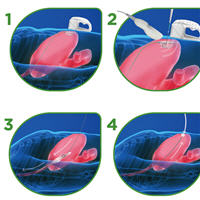
Percutaneous Ultrasound Guided Gastrostomy Tube Placement
Percutaneous ultrasound guided gastrostomy (PUG) is similar in terms of complications to percutaneous gastrostomy tube (PRG) placement and a safe method for gastrostomy tube placement in the critically ill with the added... read more

Major Trauma Definition Using Different Revisions of the Abbreviated Injury Scale
Injury Severity Score (ISS) 08 ≥ 11 and ISS 15 ≥ 12 perform similarly to a threshold ISS 98 ≥ 16 for in-hospital mortality and ICU admission. This confirms studies evaluating mapped datasets, and is the... read more

d-dimer and Death in COVID-19 Patients
In this multicenter cohort study of critically ill adults with COVID-19 admitted to ICUs across the United States, higher d-dimer was independently associated with a greater risk of death. The added value of d-dimer in... read more

Variation in Pediatric Palliative Care Allocation Among Critically Ill Children in the United States
Palliative care consultation for critically ill children in the United States is low. Palliative care utilization is increasing but considerable variation exists across institutions, suggesting inequity in palliative care... read more
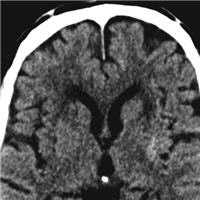
Admission Hemoglobin Levels Are Associated With Functional Outcome in Spontaneous Intracerebral Hemorrhage
Higher hemoglobin levels are associated with better outcome in intracerebral hemorrhage. Further research is needed to evaluate admission hemoglobin levels as both a therapeutic target and predictor of outcome. Our exposure... read more

Pharmacological principles guiding prolonged glucocorticoid treatment in ARDS
Current literature addressing the pharmacological principles guiding glucocorticoid (GC) administration in ARDS is scant. This paucity of information may have led to the heterogeneity of treatment protocols and misinterpretation... read more








